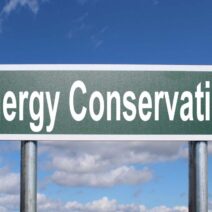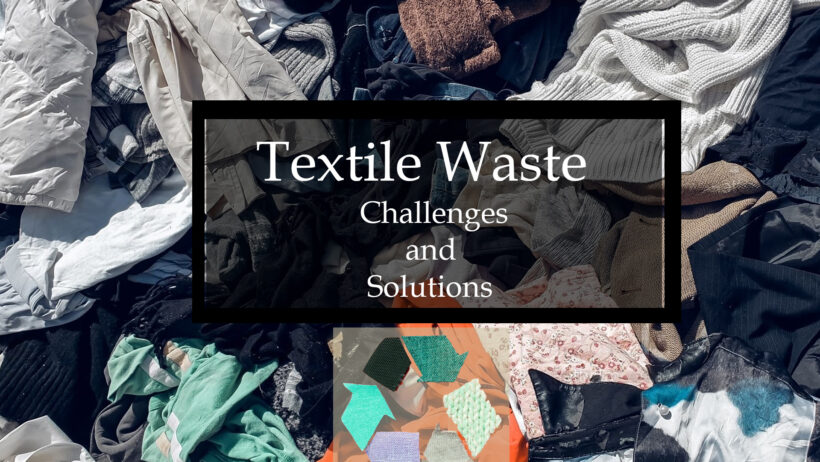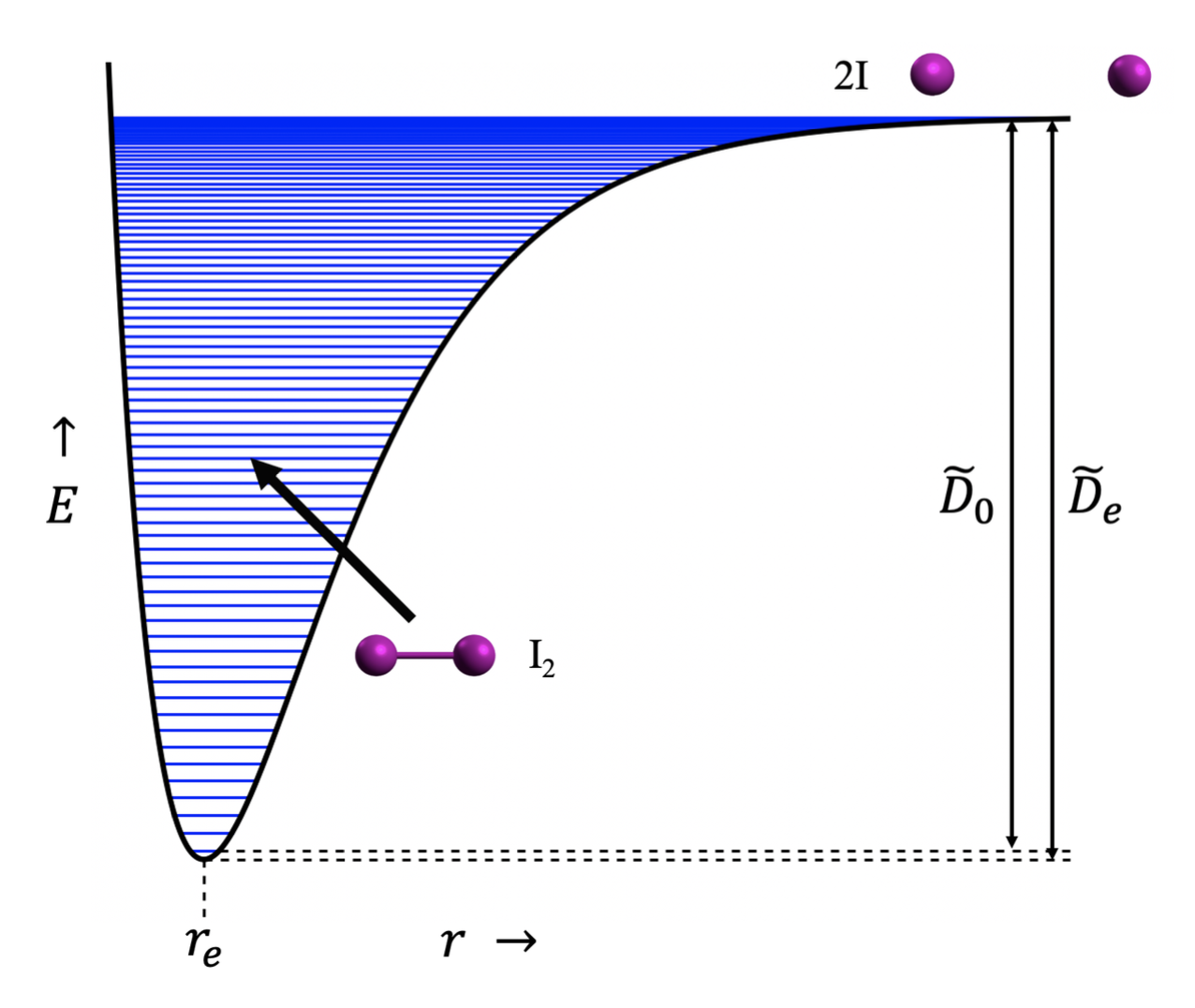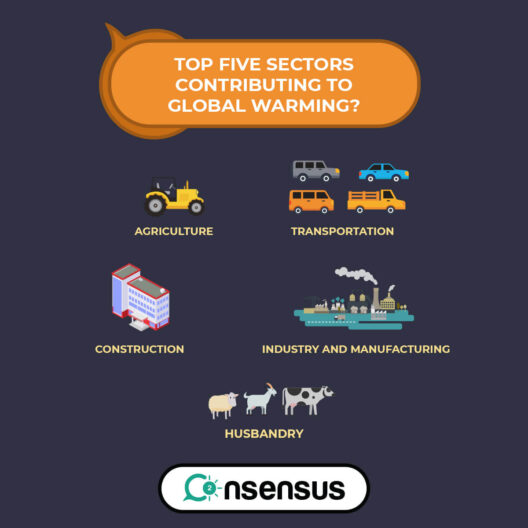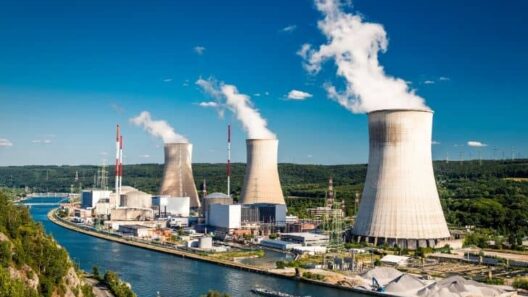Energy conservation has emerged as a paramount concern within the textile industry, a sector notorious for its substantial consumption of resources. This study delves into the intricacies surrounding energy utilization, addressing the challenges faced while exploring potential solutions to foster sustainability.
The textile industry is characterized by its multifaceted processes—spanning fiber production, spinning, weaving, dyeing, finishing, and distribution. Each of these stages consumes significant amounts of energy, often sourced from non-renewable reserves. The industry’s relentless expansion, driven by fast fashion and globalization, exacerbates the situation, leading to an increased carbon footprint and diminished environmental quality. The juxtaposition of economic growth against environmental degradation presents a complex dilemma, necessitating an urgent reevaluation of energy practices.
One of the primary challenges hindering effective energy conservation in the textile sector is the reliance on fossil fuels. Many manufacturing processes, especially those involving dyeing and finishing, require high-temperature applications, predominantly relying on coal and natural gas. This dependency not only escalates greenhouse gas emissions but also renders companies vulnerable to fluctuating energy prices, which can deter investment in sustainable alternatives. Thus, devising a strategy to transition towards renewable energy sources is imperative.
Another formidable barrier is the technological inertia within the industry. With many factories operating with outdated machinery that is less energy-efficient, the potential for reductions in energy use is often unrealized. Modernizing equipment and adopting energy-efficient technologies can seem daunting due to high initial costs and skepticism regarding return on investment. Nevertheless, the rising affordability of renewable technologies presents an opportune moment for industries to innovate and transform.
Additionally, during the dyeing process, considerable energy consumption can occur. The conventional methods often utilize large quantities of water and energy, leading to a significant environmental toll. Innovations in dyeing technologies, such as waterless dyeing techniques and digital printing, have emerged as viable alternatives that not only conserve energy but minimize water usage. These methods, while initially requiring investment, can lead to long-term savings and a reduced ecological impact.
The energy-intensive nature of textile production is further exacerbated by a lack of awareness and commitment to energy efficiency among stakeholders. Many enterprises approach sustainability as a peripheral concern rather than a core operational principle. This results in inadequate training, limited investment in innovative practices, and a general ambivalence towards adopting energy-conservation measures. Cultivating a culture of sustainability within organizations is crucial for engendering collective responsibility towards energy use reduction.
Among the plethora of strategies for enhancing energy conservation, conducting comprehensive energy audits stands out as an essential step. Such audits can illuminate specific areas of excessive energy use and identify opportunities for improvement. By employing data analytics, manufacturers can gain insights into their operations, enforcing accountability and enabling targeted interventions. Armed with knowledge, companies can make informed decisions that align energy practices with environmental stewardship.
Further, legislative frameworks and government incentives play a critical role in shaping energy conservation initiatives. Regulatory measures that prioritize sustainable practices can compel companies to adapt to stringent energy efficiency standards. Incentives, such as tax breaks for adopting renewable energy sources or grants for upgrading machinery, encourage investments in greener technologies. Collaboration between the government and industry stakeholders fosters a conducive environment for transformative change.
Moreover, partnerships with educational institutions are vital for driving innovation in energy conservation. Research and development (R&D) efforts can yield breakthroughs in areas like fabric development, recycling processes, and producing eco-friendly dyes. By harnessing academic expertise and fostering industry collaborations, textile companies can accelerate the transition towards a sustainable energy paradigm.
Equally significant is the role of consumer behavior in influencing energy consumption patterns within the textile industry. The burgeoning awareness of environmental issues among consumers has spurred demand for transparency and sustainability in production practices. As consumers increasingly advocate for eco-friendly brands, companies are motivated to adopt energy-efficient practices to retain market viability. The shift towards a circular economy—characterized by recycling and resource recovery—serves to mitigate the environmental detriments of textile waste and energy expenditure.
Lastly, embracing the Industrial Internet of Things (IIoT) can markedly enhance energy efficiency across production lines. Smart sensors and analytics can monitor energy consumption in real-time, enabling manufacturers to optimize operations and minimize waste. This technological advancement facilitates a proactive approach to energy management, where inefficiencies can be addressed instantaneously, thereby reducing the opportunity for energy loss.
In conclusion, the textile industry stands at a critical junction concerning energy conservation. While significant challenges remain—ranging from reliance on fossil fuels to technological inertia—the landscape is ripe for transformation. By harnessing innovative technologies, fostering collaborations, and cultivating a culture of sustainability, the industry can navigate the intricacies of energy use, paving the way for a more sustainable and environmentally responsible future. Sustainable practices not only align with global ecological goals but also fortify the resilience of the textile sector amidst an evolving economic landscape.

